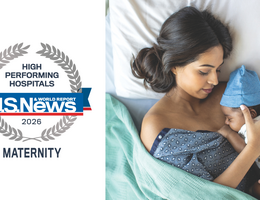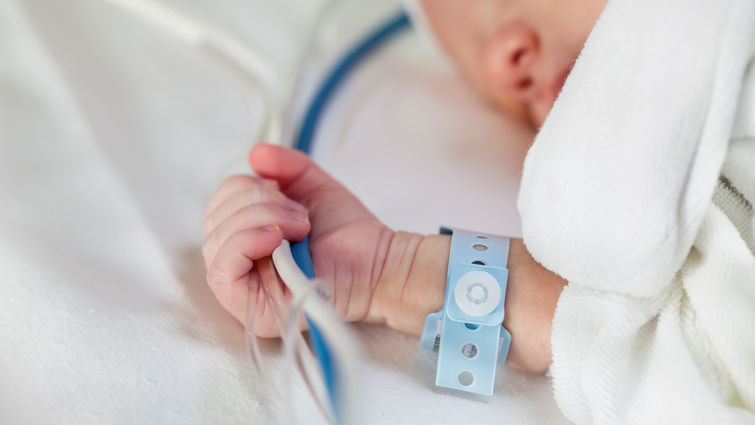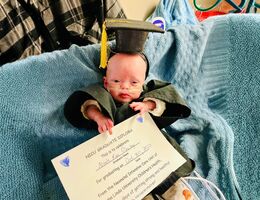

Shaken Baby Syndrome (SBS) continues to be a pressing issue, raising concerns about the safety and well-being of infants. Shaken Baby Syndrome occurs when an infant or young child is violently shaken, leading to severe brain injury and, in many cases, death. The violent shaking can cause bleeding in the brain, retinal hemorrhages, and other serious injuries, often resulting in lifelong disabilities or fatalities. Infants are particularly vulnerable to SBS due to their fragile neck muscles and still-developing brains.
"One shake of a baby is all it takes to cause a devastating injury or even death," said Tanya Minasian, DO, FACS, FAAP, a pediatric neurosurgeon at Loma Linda University Children's Hospital. "If your baby is crying and seemingly inconsolable, place the baby in a safe position in the crib and take a break. Call a loved one for help. There are many resources available."
One key challenge in combating SBS is dispelling the misconception that shaking a baby is a harmless way to stop crying. Many caregivers may not realize the potential harm until it's too late.
In the past four years, Loma Linda University Children's Hospital (LLUCH) has witnessed a troubling trend in the cases of Non-Accidental Trauma (NAT), with rates steadily increasing. According to recent hospital data, NAT rates in 2023 were 1.5 times higher than in 2020. Based on statistics from the National Trauma Databank, LLUCH has reported NAT rates three times higher than all other pediatric trauma hospitals in the country.
"Abusive head trauma remains a leading cause of fatal head injuries in children under the age of two," said Minasian. "Approximately 25% of patients with severe abusive head trauma do not survive, while 80% of survivors endure permanent disabilities, including developmental delays, learning disorders, seizures, weakness, and visual impairments."
LLUCH employs a multidisciplinary approach to managing cases of child abuse, involving expertise from pediatric trauma, neurosurgery, ophthalmology, pediatrics, social work, and forensics.
Underlying factors contributing to the prevalence of NAT include socioeconomic status, poverty levels, and drug use within the region. Addressing these root causes requires a comprehensive, community-based approach involving collaboration between healthcare providers, social services, and law enforcement agencies.
“We want to empower parents with the knowledge and skills they need to care for their infants safely," said Minasian. "By educating caregivers about the risks of shaking a baby and providing support and resources, we can help prevent tragedies from occurring and keep the most vulnerable members of our population safe."
Minasian offers the "Think First For Your Baby" seminar, a free resource designed to educate parents and caregivers on preventing abusive head trauma.
The Birth and Beyond Group at LLUCH offers a supportive community that surrounds new mothers with a team of caring, experienced mentors who focus on women and their families.
Additionally, resources such as the ChildhelpUSA hotline (1-800-422-4453) are available for individuals seeking assistance or reporting suspected cases of child abuse.
Call 911 immediately if you observe clear indications of external harm, breathing difficulties, seizures, extreme irritability, persistent vomiting, or an inability to vocalize.


